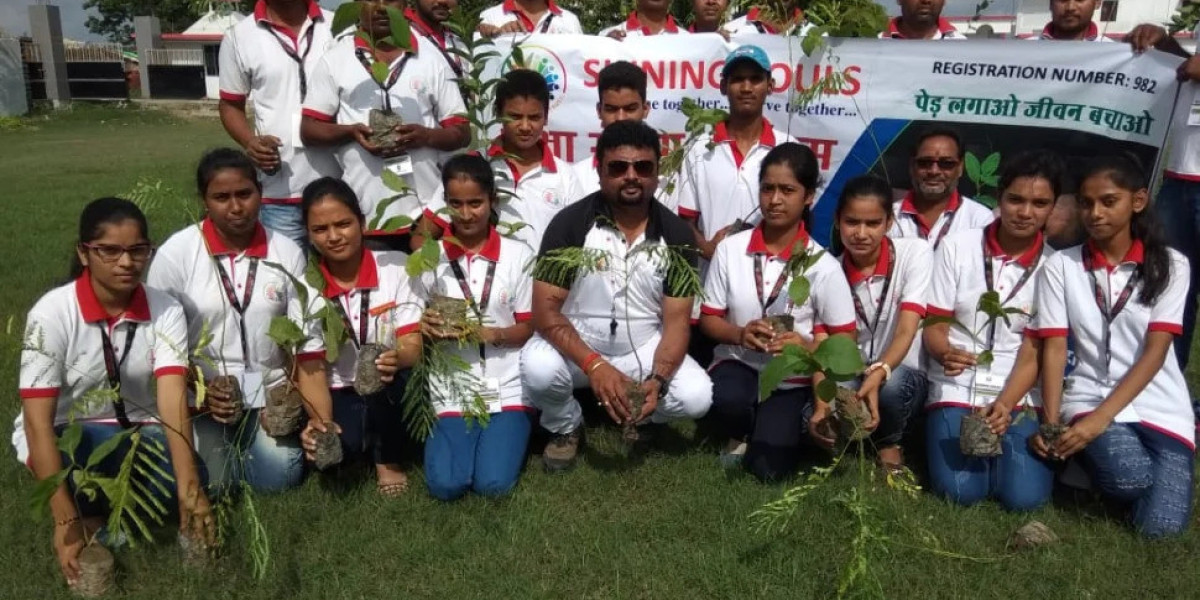Soil health is the foundation of successful crop production, playing a crucial role in determining the sustainability and productivity of agricultural systems. Understanding and maintaining soil health is essential for farmers, agronomists, benefits of soil testing for farmers and anyone involved in crop production. Healthy soil is not just a medium for plant growth; it is a dynamic, living ecosystem that supports a wide range of biological, chemical, and physical processes essential for plant development and yield.
What is Soil Health?
Soil health refers to the soil’s ability to function as a living ecosystem that sustains plants, animals, and humans. It encompasses various attributes, including soil structure, nutrient availability, water-holding capacity, organic matter content, and biological activity. Healthy soil supports plant growth, resists erosion, manages water efficiently, and suppresses plant diseases and pests.
Key Components of Soil Health
Soil Structure: A well-structured soil has a good balance of solid particles and pore spaces. This balance allows roots to penetrate easily and access water and nutrients while also providing adequate drainage. Soil structure is influenced by organic matter content, the presence of living organisms, and soil management practices.
Organic Matter: Organic matter is critical for soil health as it improves soil structure, enhances water retention, and provides nutrients as it decomposes. It also supports a diverse soil microbial community, which is essential for nutrient cycling and the breakdown of organic residues.
Soil pH and Nutrient Availability: The pH of the soil affects the availability of nutrients to plants. Most crops prefer a slightly acidic to neutral pH (around 6.0 to 7.0). Soil testing is essential to determine pH levels and nutrient deficiencies, enabling appropriate amendments to be made.
Biological Activity: Healthy soil teems with life, including bacteria, fungi, earthworms, and other organisms. These organisms are vital for breaking down organic matter, cycling nutrients, and maintaining soil structure. A diverse and active soil biota is a key indicator of soil health.
Water-Holding Capacity: The ability of soil to retain water is crucial for crop production, especially in areas prone to drought. Soils with high organic matter content and good structure can hold more water, reducing the need for irrigation and improving resilience to dry conditions.
Practices to Improve and Maintain Soil Health
Crop Rotation: Rotating crops helps prevent the buildup of pests and diseases, improves soil structure, and enhances nutrient cycling. Different crops contribute various types of organic matter to the soil and utilize different nutrients, reducing the risk of soil degradation.
Cover Cropping: Planting cover crops, such as legumes or grasses, during off-season periods can prevent soil erosion, improve soil structure, and add organic matter. Cover crops also help fix nitrogen in the soil, reducing the need for synthetic fertilizers.
Reduced Tillage: Minimizing tillage preserves soil structure, reduces erosion, and maintains soil organic matter. No-till or reduced-till practices help maintain a healthy soil environment by protecting soil organisms and reducing disruption to soil layers.
Organic Amendments: Adding compost, manure, or other organic materials to the soil enhances its organic matter content, improves structure, and increases biological activity. Organic amendments are a sustainable way to maintain soil fertility and promote long-term soil health.
Soil Testing and Monitoring: Regular soil testing provides valuable information on soil pH, nutrient levels, and organic matter content. Monitoring soil health over time allows for informed decision-making and the adjustment of management practices to maintain or improve soil quality.
Conclusion
Maintaining soil health is essential for sustainable crop production and long-term agricultural productivity. By understanding the key components of soil health and implementing practices that enhance it, farmers can improve crop yields, reduce input costs, and contribute to environmental sustainability. Healthy soil is the cornerstone of resilient agricultural systems, capable of supporting diverse crops and withstanding environmental challenges. Investing in soil health is not just a best practice; it is a necessity for the future of farming.



